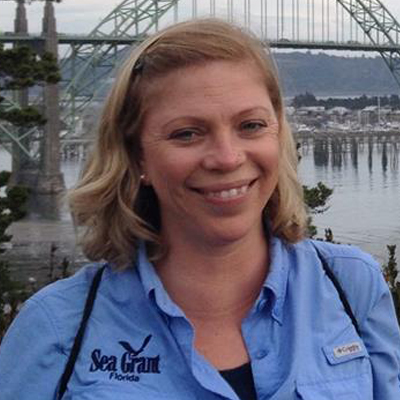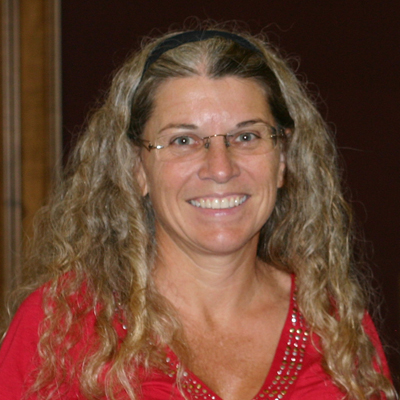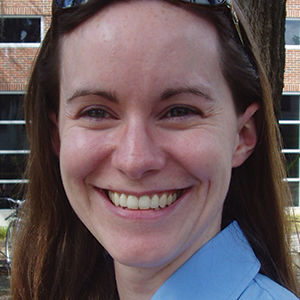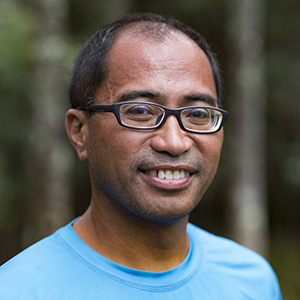Florida’s aquaculture industry has also been evolving in an innovative way toward the culture of species that are never intended to be eaten, at least by people.
The term is called restoration aquaculture, and it entails cultivating marine plants and animals like coral, sponges, oysters and marsh grasses that will one day be transplanted to the wild to increase declining populations and improve the health of coastal ecosystems.
 UF/IFAS and Florida Sea Grant lead restoration aquaculture projects around the state.
UF/IFAS and Florida Sea Grant lead restoration aquaculture projects around the state.
Sponge Restoration
In the Florida Keys, researchers at the University of Florida and Old Dominion University and UF/IFAS Florida Sea Grant extension faculty, along with more than 40 volunteers from around the world have joined together for an ecosystem intervention. Shelly Krueger, UF/IFAS Extension Florida Sea Grant agent in Monroe County, said transplanting sponge cuttings is a way to speed up nature so the ecosystem doesn’t reach a point of no return.

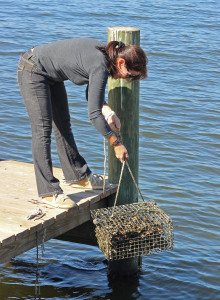 Oyster Gardening
Oyster Gardening
